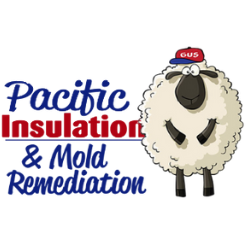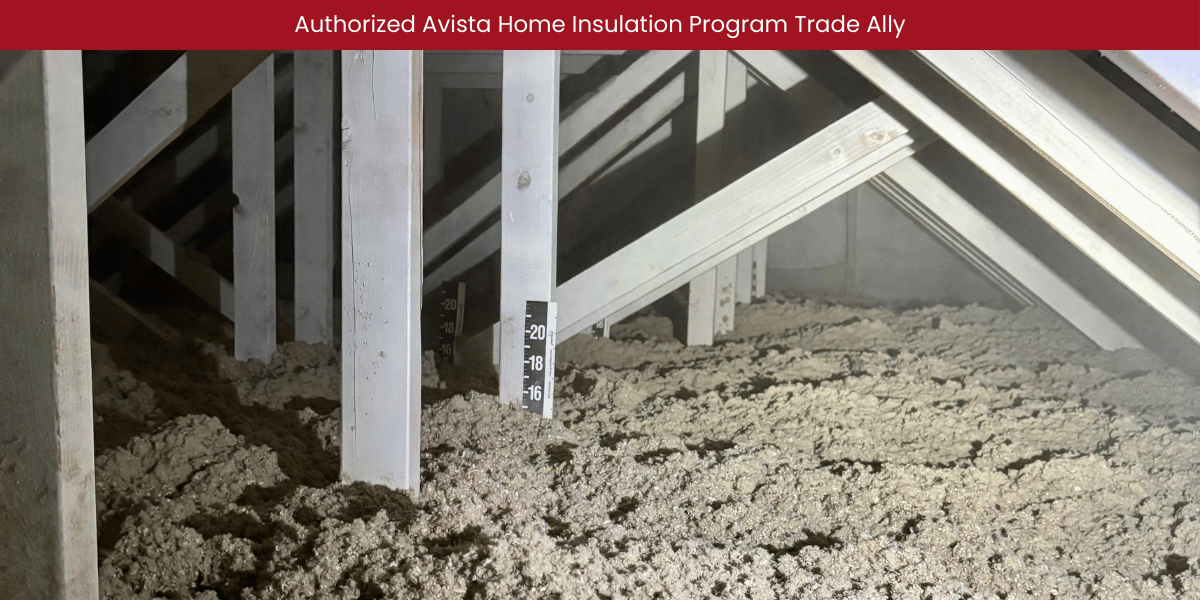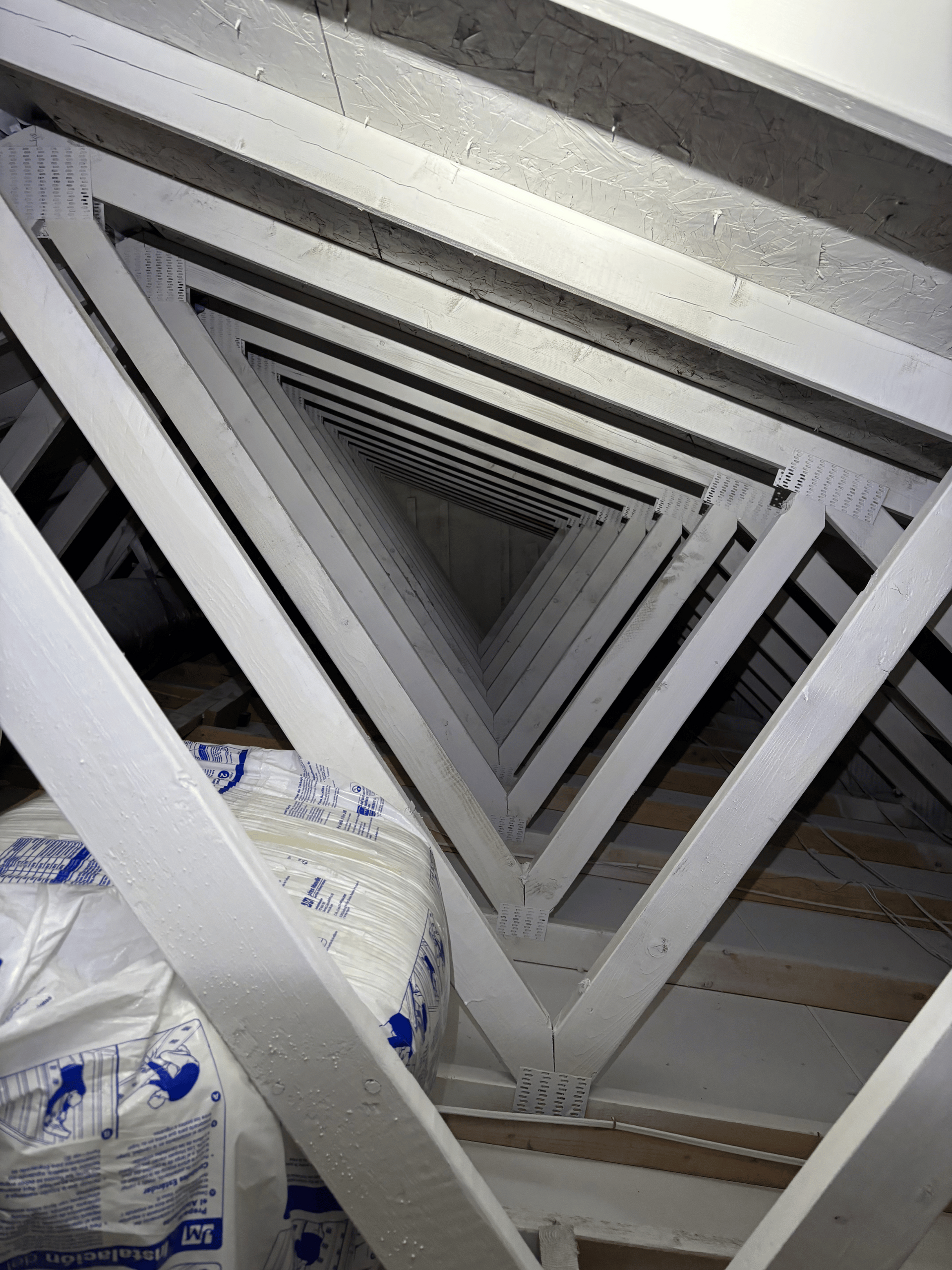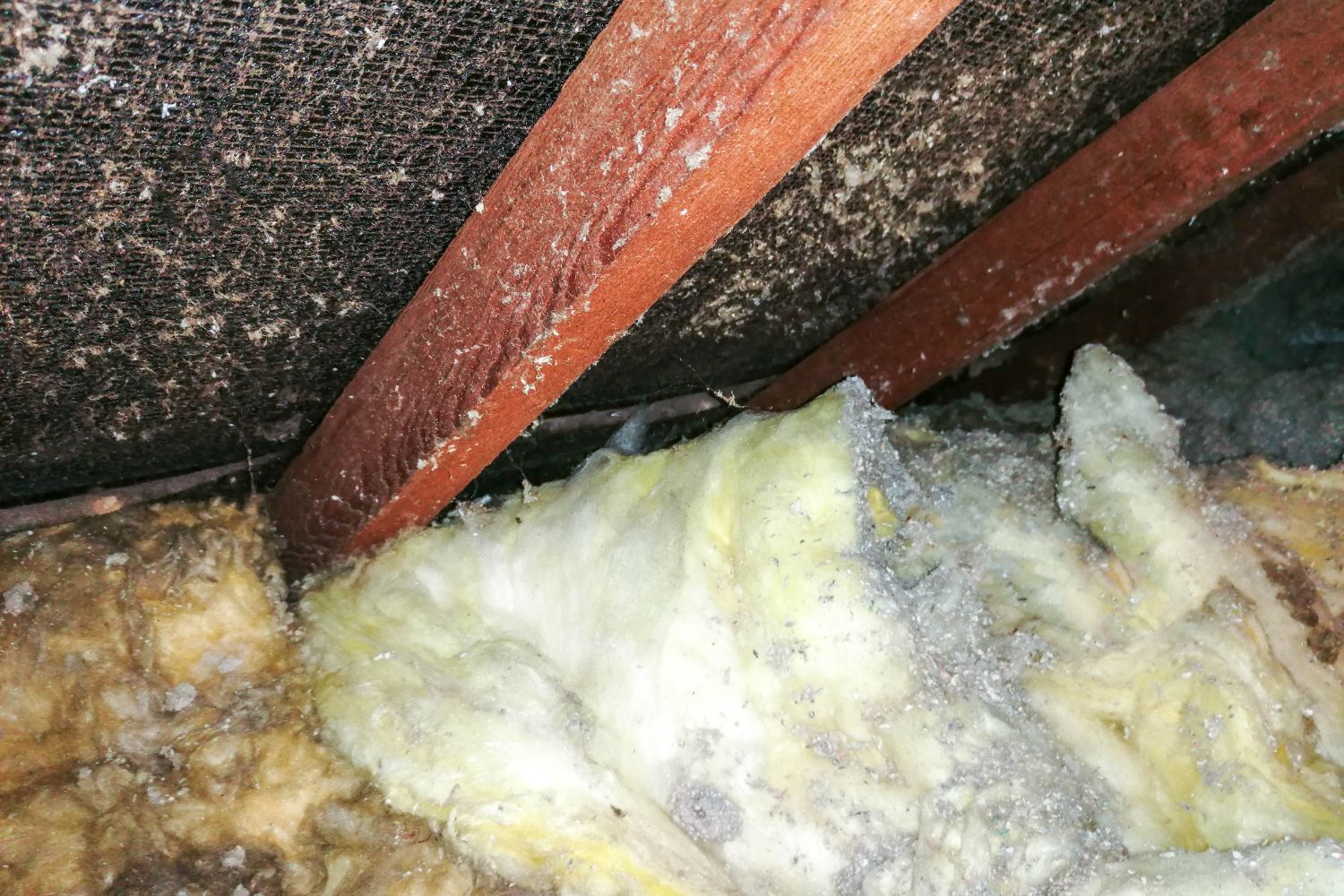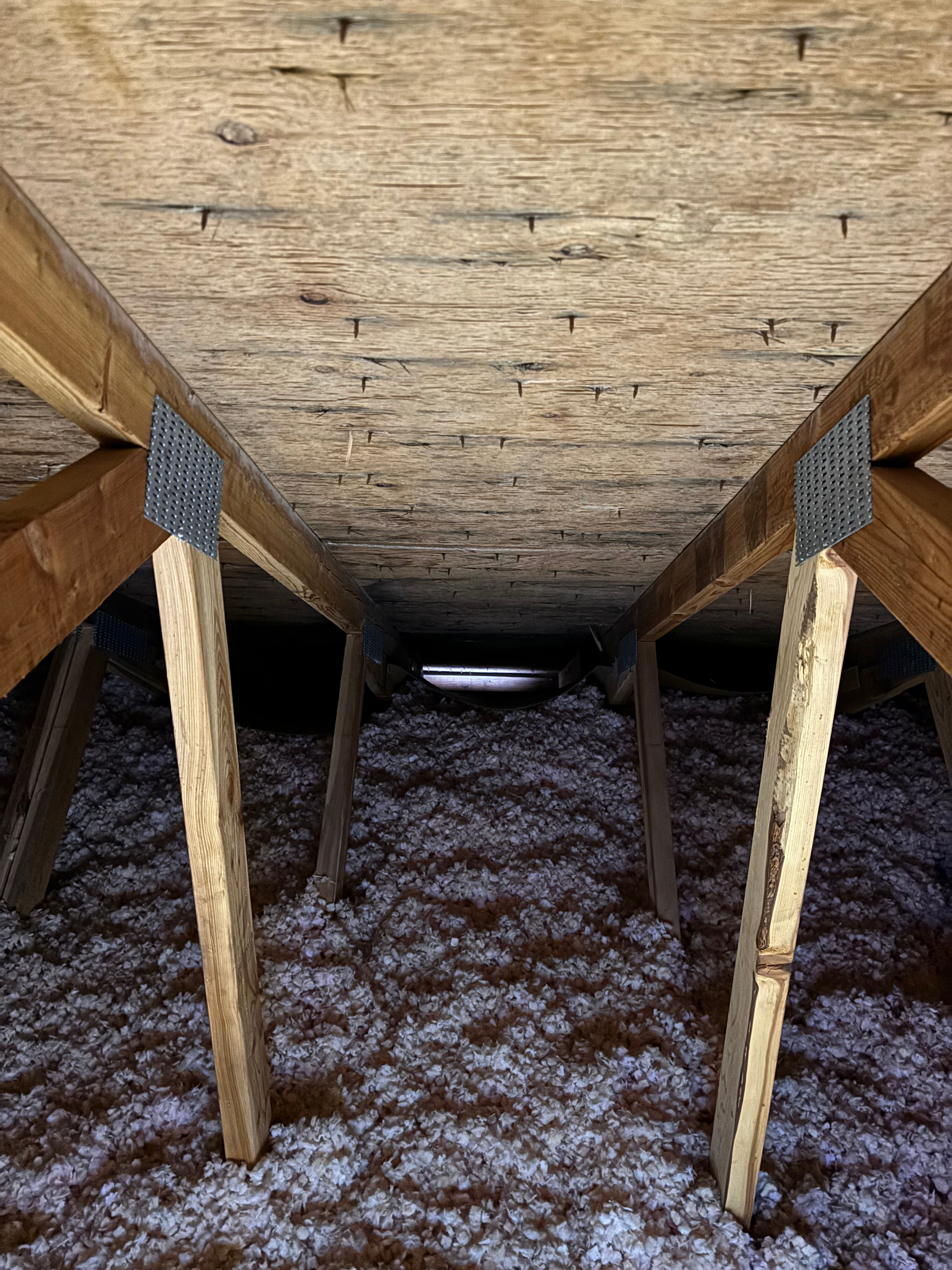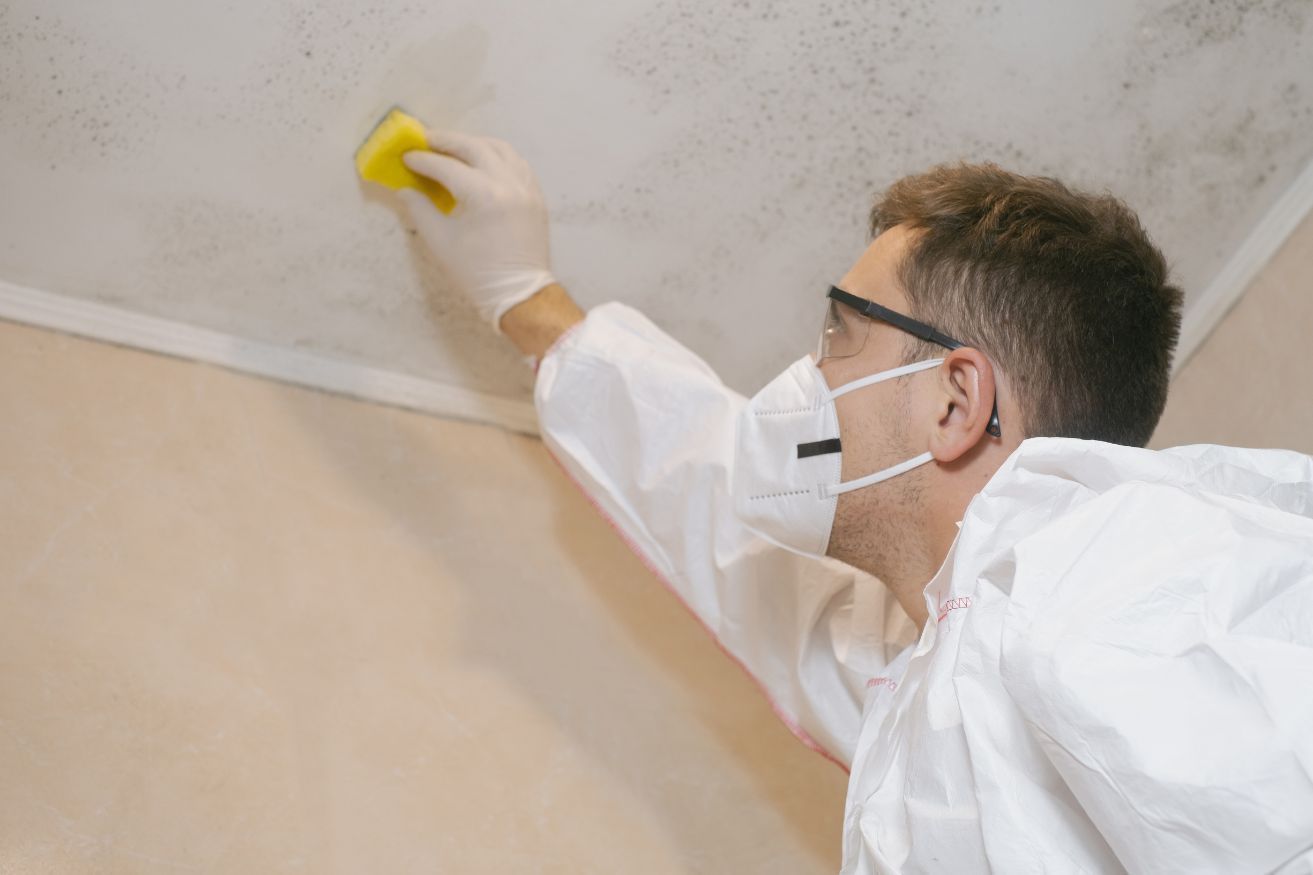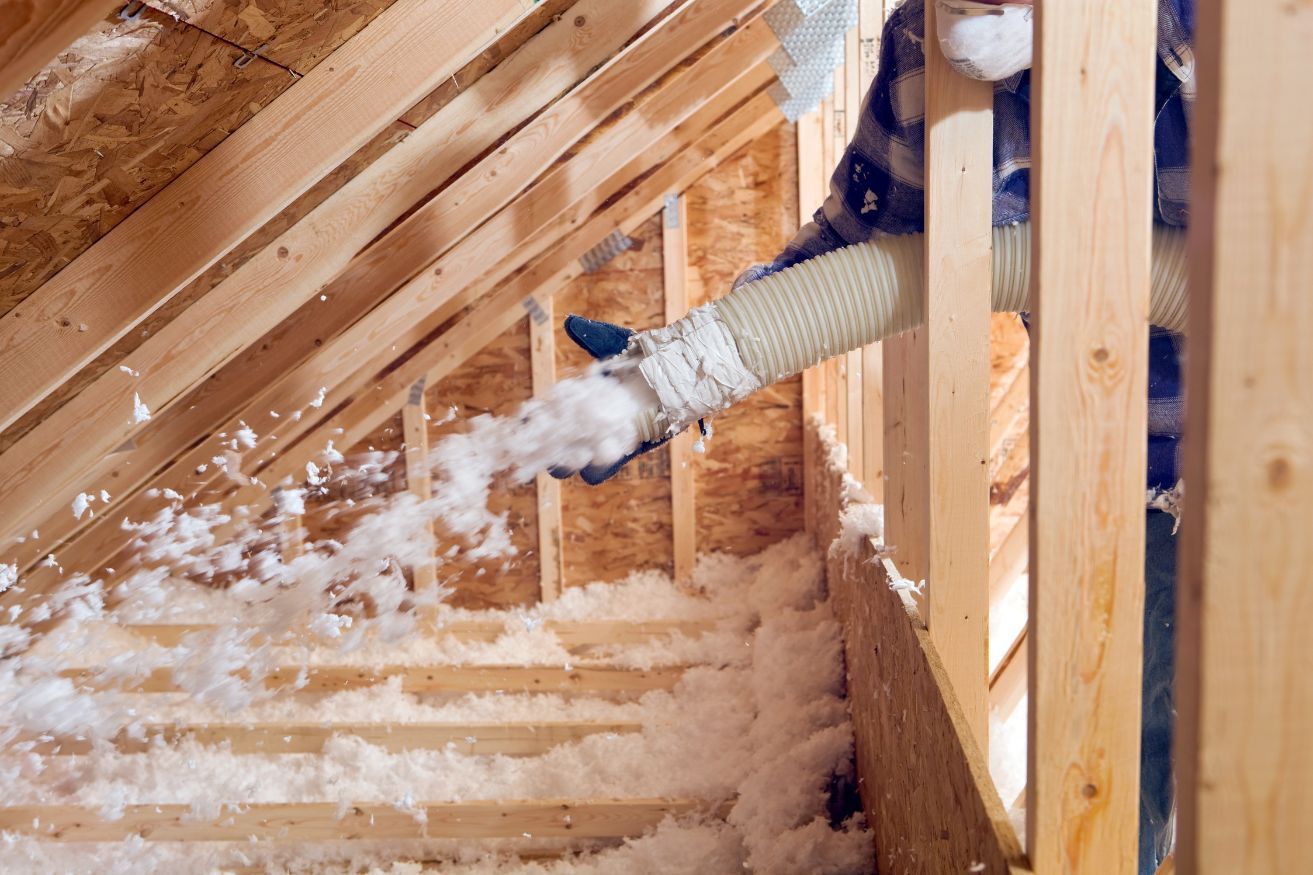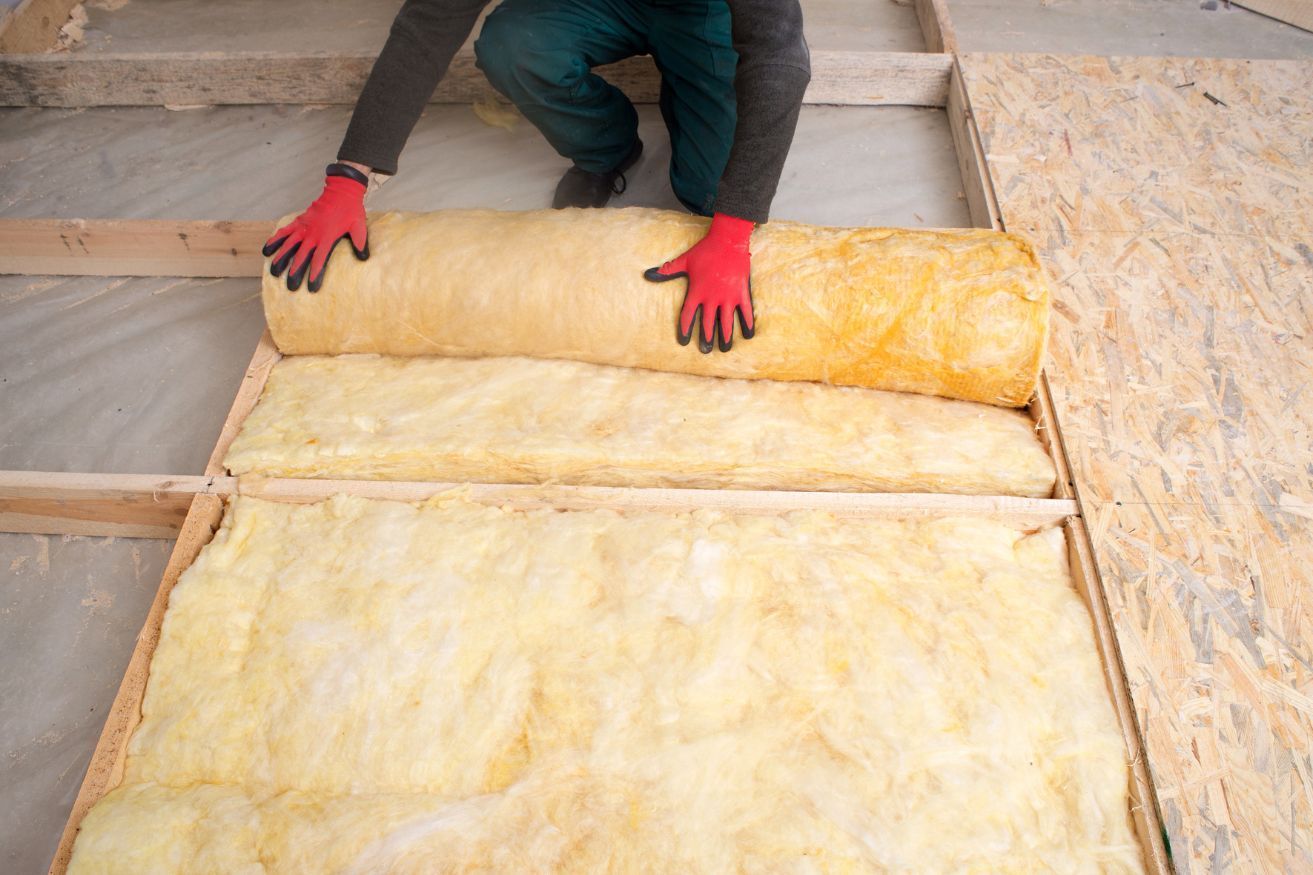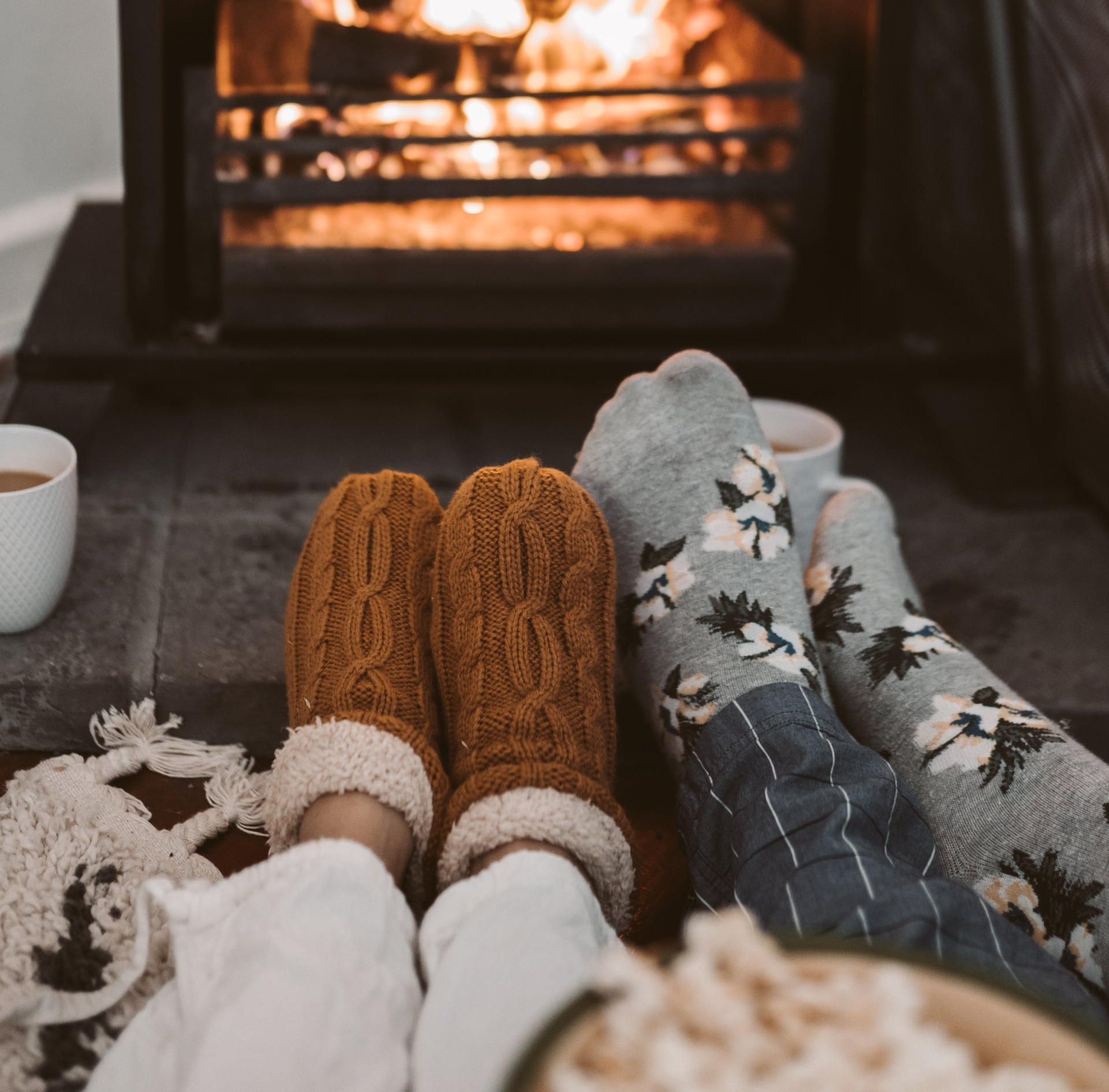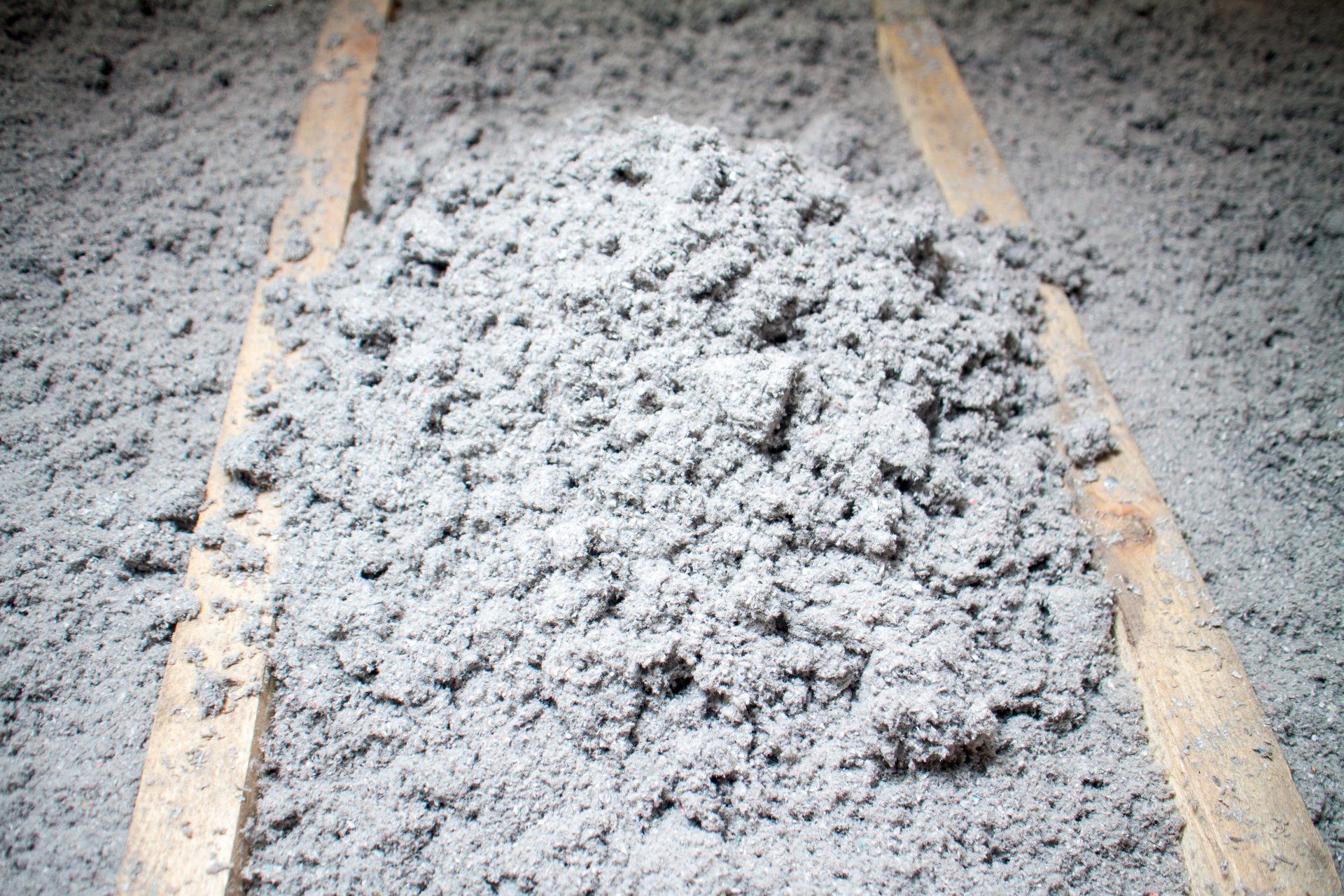How much will adding insulation save me on my power bill?
The energy bill savings from upgrading insulation from R-9 to R-49 can vary depending on factors such as your climate zone, the size of your home, heating and cooling systems, and energy rates. However, a general estimate can be made based on the energy efficiency improvements from such an upgrade.
1. Heat Loss Reduction with R-Value Increase
- R-9 insulation: Offers minimal resistance to heat flow, meaning significant heat is lost (in winter) or gained (in summer).
- R-49 insulation: Drastically reduces heat transfer, cutting energy loss by up to 80% or more compared to R-9, particularly in attic spaces, where most heat escapes.
The U.S. Department of Energy estimates that heating and cooling account for 50-70% of a home's energy usage. Proper insulation can significantly reduce these costs.
2. Average Energy Savings
- Annual Savings Estimate: Upgrading from R-9 to R-49 can save homeowners 15-25% on heating and cooling costs, depending on the region and other factors.
- For example, if your energy bill for heating and cooling is $2,000 annually, savings could range from $300 to $500 per year.
- In colder climates, where heating needs are higher, savings can reach the higher end of this range (25% or more).
3. Example by Climate Zone
The potential savings depend heavily on your climate zone:
- (Spokane & Coeur d'Alene) Cold Climates (Zone 5-7): Savings are highest because the heating demand is significant, and attic insulation reduces heat loss dramatically.
- Hot Climates (Zone 1-3): Savings are also noticeable because insulation prevents heat gain, reducing cooling costs.
- Temperate Climates (Zone 4): Moderate savings, depending on seasonal heating and cooling needs.
4. Payback Period
- Cost of Upgrade: Upgrading attic insulation to R-49 typically costs between $1.50 and $3.50 per square foot.
- For a 1,000 sq. ft. attic, the cost would range from $1,500 to $3,500.
- Payback Time: With annual savings of $300 to $500. The savings and benefits increase significantly in extreme climates.
5. Additional Benefits
- Comfort Improvement: Better insulation eliminates drafts and hot/cold spots, enhancing comfort year-round.
- HVAC Longevity: Reducing heat loss and gain means your HVAC system doesn't have to work as hard, extending its lifespan.
- Resale Value: Improved insulation is a selling point for potential buyers.
Conclusion
Switching from R-9 to R-49 insulation can result in 15-25% annual energy savings, translating to $300-$500 or more per year on heating and cooling costs. The savings and benefits increase significantly in extreme climates.
